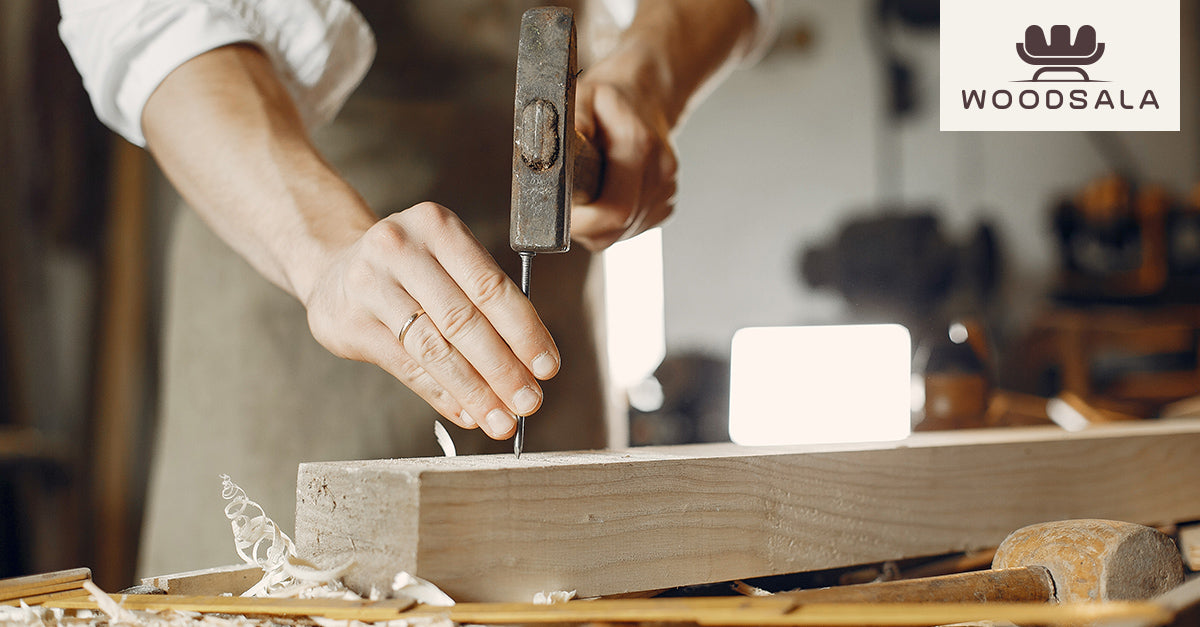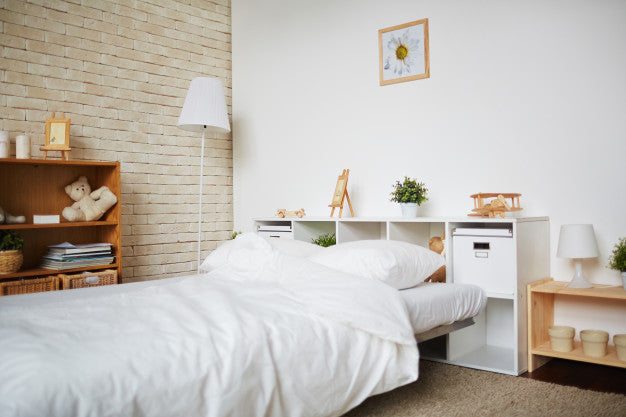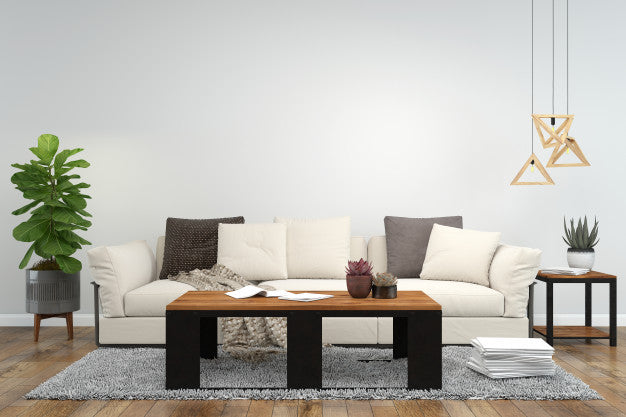
How Wooden Furniture is Manufactured
When you think of home improvement, the first instinct is a new coat of paint. The second? Shiny new furniture, based on your tastes and daily needs. Smart selection can elevate every room into a space that is both functional and beautiful. But do you wonder how these exquisite pieces are made?
We’ve all visited furniture stores while setting up a new life, but this is a sneak peek into the manufacturing process that goes into creating your perfect match. And no, the process isn’t limited to just cutting, bending, moulding and laminating—these are only small snippets.

The entire process of woodworking must be seen from a holistic perspective, starting from wood selection and then moving onto cutting, shaping, ornamental touches and finishes. You can’t forget the additional touches, where staple materials like metal, fabric and glass are combined with wood in the form of handles and hinges, upholstery, and shelves respectively. Carpenters and woodworkers spend considerable time and effort into creating a single product that can become your prized possession, and understanding their process brings newfound appreciation to the craft. Who knows, with these insights, you might even come up with bright ideas yourself:
Wood selection: The primary step in the furniture manufacturing process is the selection of material. Its nature should depend on the piece of furniture you intended to produce with it. For instance, heavy furniture like wooden tables and bedframes require tough, durable materials like hardwoods (mahogany, teak, oak, etc.). They can endure daily use, support weight, and be waxed and polished to maintain their colour and smooth finish for years. On the other hand, if you want to make decor like kitchen cabinets, supporting beams, window frames and outdoor decks, then softwoods such as fir, ash or birch would do.
Wood transformation: This is when the tree is cut into manageable beams and planks, called lumber (North America) or timber (elsewhere). These pieces are the raw material that get sawn and made into wooden furniture. The lumber is kiln-dried, so that the wood achieves its equilibrium moisture content (EMC), and does not gain or lose moisture because of its environment. At the same time, it retains the essential properties of wood. This transformation process is carried out at the sawmill, and its entirety can take about 2 to 4 weeks.
Wood splitting and cutting: The kiln-dried wood is then passed to a machine shop, where it is sawed, planed, moulded and grooved as required. The different parts are cut out and clamped together and then brought in contact with a high-speed rotating knife that shapes each part to its proper size. The pieces are rough-carved on high-speed knives to be machine sanded, and finished by a hand carver later. Veneering, where thin decorative pieces of wood are bonded onto the original surface for a better appearance, is performed at this stage if required. The veneer itself can also be sanded, stained or painted. This is followed by jointing processes like tenoning, doweling and dovetailing.
Tenoning refers to a projection on shaped wood that is cut and made for insertion into a cavity (called a mortise). It is commonly used to join two pieces of wood at a 90-degree angle.
Dowelling is a method of fastening wooden pieces together using a cylindrical peg that fits perfectly into a matching hole. Dowel rods and pins are made of hardwood, metal or plastic, and are thicker and stronger than screws, leading to lower chances of breakage.
Dovetailing is used to join together the sides of a wooden item to build boxes, cabinets and drawers. It is a strong joint and doesn’t come apart easily because of the way nails and pins are shaped.
Assembly: This is the step where the wooden carcasses (basic frameworks) are assembled, drawers are glued up, and doorframes are put together. Once the glue sets in and clamps are applied, the piece is sent to the machine department for machining that could not be performed before assembly. This includes sanding the joints and shaping the edges. Once this is complete, it is returned to the assembly department for the final structuring, wherein the piece is cleaned to remove excess glue. Hand sanding is done where required, followed by staining, spray polishing and treatments if any.
Chair-making: one of of the most intricate pieces of woodwork
They might seem simple and unassuming, but manufacturing chairs is a separate branch in furniture making. This is because it involves odd angles and compound as well as awkward shapes, while simultaneously calling for maximum strength. After all, chairs are subject to more frequent strain than most other furniture. The focus is not just on design, but also on comfort.
Each part of a chair—the back, the seat, armrests, legs—is manufactured separately. The seat is usually created first, followed by the legs and the back. Additional parts such as armrests are then added. For upholstered and cushioned chairs, stuffing or springs are set in place before the outer cover is attached. Once the finished chair is assembled, the manufacturer applies a finish to the wood.
This includes wood stains, oils or paints to bring out the beauty of wood, or finishes that lend anti-pest and water-resistant qualities. In some chairs, a polyurethane finish is applied to the wood to protect it from spills and scratches and make it durable. The fabric on a chair’s parts can also be treated with chemicals wherever applicable for stain resistance or other types of protection.
Conclusion
Furniture making is an art in itself, with longstanding traditions running deep in communities. Right from selecting wood with the right properties to the seamless joining of different parts to form a cohesive, finished piece, it takes care and planning. An understanding of the entire wooden furniture manufacture process not only familiarises you with its maintenance needs, but also endows you with creative woodwork hobby ideas. If your home ever needs a quick facelift, you now know where to start.

























